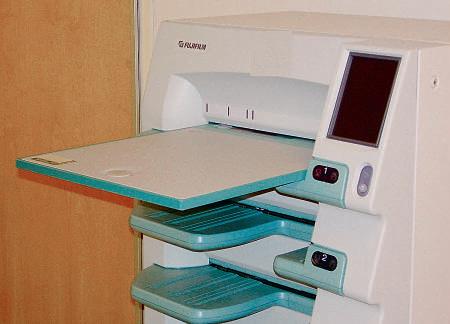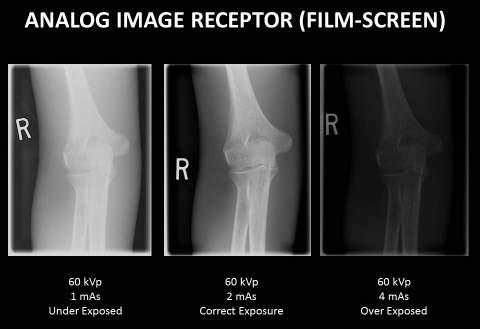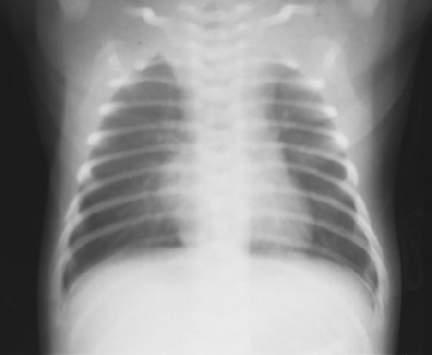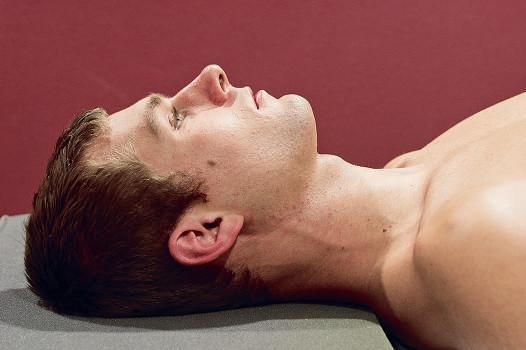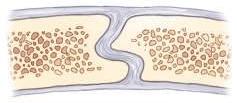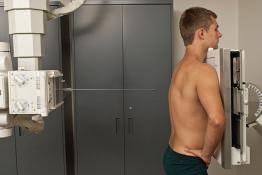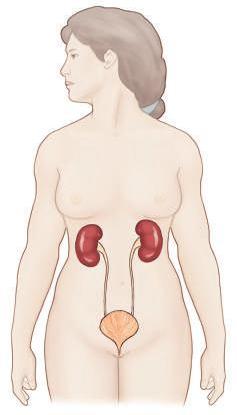4
C HAPTE R 1 Terminology, Positioning, and Imaging Principles
Systemic Anatomy BODY SYSTEMS 1
The human body is a structural and functional unit made up of 10 lesser units called systems. These 10 systems include (1) skeletal, (2) circulatory, (3) digestive, (4) respiratory, (5) urinary, (6) reproductive, (7) nervous, (8) muscular, (9) endocrine, and (10) integumentary (in-teg˝-u-men′-tar-e). Skeletal System
The skeletal system is an important system for the technologist to study. The skeletal system includes the 206 separate bones of the body and their associated cartilages and joints. The study of bones is termed osteology, whereas the study of joints is called arthrology. The four functions of the skeletal system are as follows: 1. To support and protect many soft tissues of the body 2. To allow movement through interaction with the muscles to form a system of levers 3. To produce blood cells 4. To store calcium
Fig. 1-2 Skeletal system.
Circulatory System
The circulatory system is composed of the following: • The cardiovascular organs—heart, blood, and blood vessels • The lymphatic system—lymph nodes, lymph vessels, lymph glands, and spleen The six functions of the circulatory system are as follows: 1. To distribute oxygen and nutrients to the cells of the body 2. To carry cell waste and carbon dioxide from the cells 3. To transport water, electrolytes, hormones, and enzymes 4. To protect against disease 5. To prevent hemorrhage by forming blood clots 6. To help regulate body temperature Digestive System
The digestive system includes the alimentary canal and certain accessory organs. The alimentary canal is made up of the mouth, pharynx, esophagus, stomach, small intestine, large intestine, and anus. Accessory organs of digestion include the salivary glands, liver, gallbladder, and pancreas. The twofold function of the digestive system is as follows: 1. To prepare food for absorption by the cells through numerous physical and chemical breakdown processes 2. To eliminate solid wastes from the body
Cardiovascular organs
Lymphatic organs
Fig. 1-3 Circulatory system.
Fig. 1-4 Digestive system.





